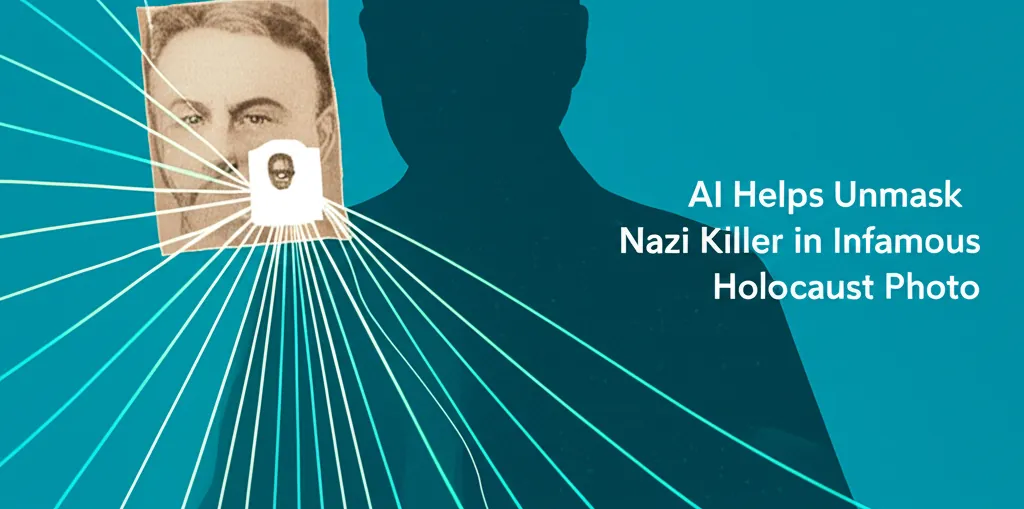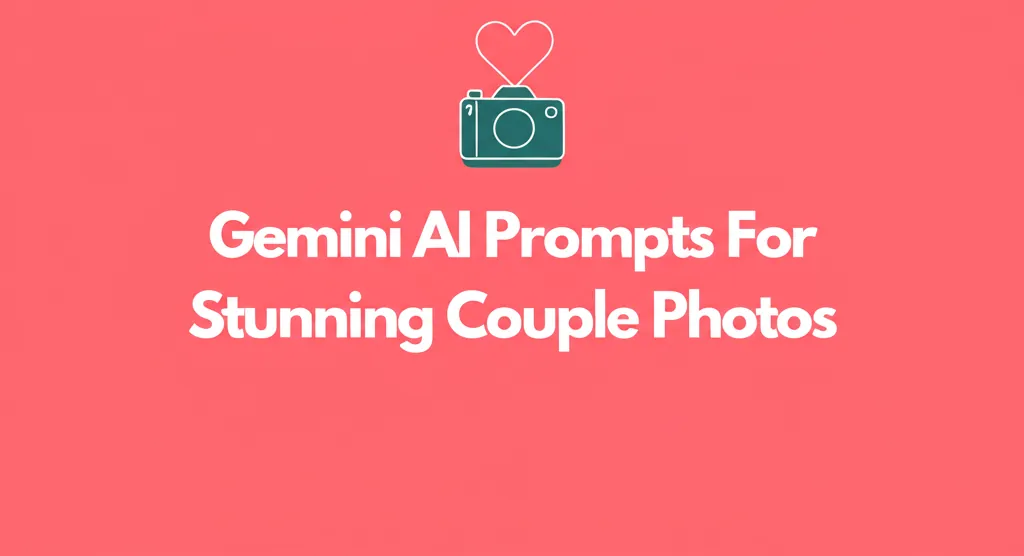Developer Offer
Try ImaginePro API with 50 Free Credits
Build and ship AI-powered visuals with Midjourney, Flux, and more — free credits refresh every month.
OpenAI Launches Sora A TikTok Style Deepfake App
Welcome to the World of AI Deepfake Entertainment
OpenAI has officially released an AI video application named Sora. This new platform, currently available on iOS by invitation only, is driven by the company's advanced video generation model, Sora 2. It presents users with a TikTok-style “For You” feed filled with user-created clips and marks OpenAI's first product to integrate AI-generated sound with video. During the sign-up process, a clear advisory warns users: “You are about to enter a creative world of AI-generated content. Some videos may depict people you recognize, but the actions and events shown are not real.”
OpenAI is positioning the creation and sharing of AI deepfakes as a new form of mainstream entertainment. The app's core experience is an endless scroll of AI-generated videos featuring human faces, turning deepfake generation into a form of social fun. To get started, users can create a digital likeness of themselves by recording a short video. OpenAI CEO Sam Altman highlighted the focus on this feature, stating in a blog that “the team worked very hard on character consistency.”
Users retain control over their digital avatars. You can set permissions to allow everyone to use your likeness, limit it to approved individuals or mutual connections, or restrict it to yourself only. Transparency is also built-in; you can view any video generated with your likeness, even those in other users' drafts, directly from your account page.
First Impressions and Creating Your First Clip
Upon its launch, many of the most popular videos on the For You feed featured Sam Altman's likeness in humorous scenarios, such as one clip depicting him attempting to steal a GPU from Target. While many initial videos generated during testing had noticeable flaws, the Sora app makes the process of creating personalized and often convincing deepfakes remarkably simple.
To create a video, users simply tap on the faces of people they want to feature, adding them as “cameos” on the generation page. After entering a basic prompt, such as “fight in the office over a WIRED story,” Sora handles the rest. It generates a complete nine-second clip with a script, sound, and visuals. A test with the aforementioned prompt produced a video of two colleagues arguing, which elicited reactions from terror to amusement among staff.
Testing the Boundaries and Safety Guardrails
Sam Altman acknowledged the potential for misuse in his blog post, noting that OpenAI was “aware of how addictive a service like this could become, and we can imagine many ways it could be used for bullying.” In response, the company has implemented several safety guardrails. A company blog post detailed restrictions on sexual content, graphic violence, extremist propaganda, hate content, and content promoting self-harm.
Testing these limits revealed a nuanced system. Requests to generate a user in a bikini or as a buff anime character were blocked for being potentially “suggestive.” However, a video of the user “smoking 10 fat blunts” was generated without issue, while a request for “smoking crack” was denied. Similarly, a prompt involving jumping off a bridge was blocked under self-harm rules.
OpenAI also appears to be blocking the creation of videos featuring public figures and celebrities such as Taylor Swift. Prompts for Darth Vader and Boss Baby were rejected for potential third-party content violations. Interestingly, Sora generated videos of Pokémon characters like Pikachu and Bulbasaur. A prompt for an Altman “in a South Park episode” successfully created a scene with the CEO and an AI-generated Eric Cartman, complete with a convincing re-creation of the character's voice.
The Future of Social AI and User Reactions
The Sora app enters a space recently occupied by a similar AI video feed from Meta called Vibes. While early experiences with Vibes were described as dull, Sora's feed, filled with deepfaked faces, felt more “electric—and concerning.” The app evokes memories of the popular “Elf Yourself” videos from the 2000s, but with far more dynamic and customizable capabilities.
Despite some outputs appearing stilted, the technology often creates an unnervingly accurate result where the voice and movements are spot-on. In one instance, a user sent an AI-generated video to their partner without context. The partner did not immediately realize it was a fully synthetic clip, initially believing it was a real video enhanced with a unique filter.
Compare Plans & Pricing
Find the plan that matches your workload and unlock full access to ImaginePro.
| Plan | Price | Highlights |
|---|---|---|
| Standard | $8 / month |
|
| Premium | $20 / month |
|
Need custom terms? Talk to us to tailor credits, rate limits, or deployment options.
View All Pricing Details

